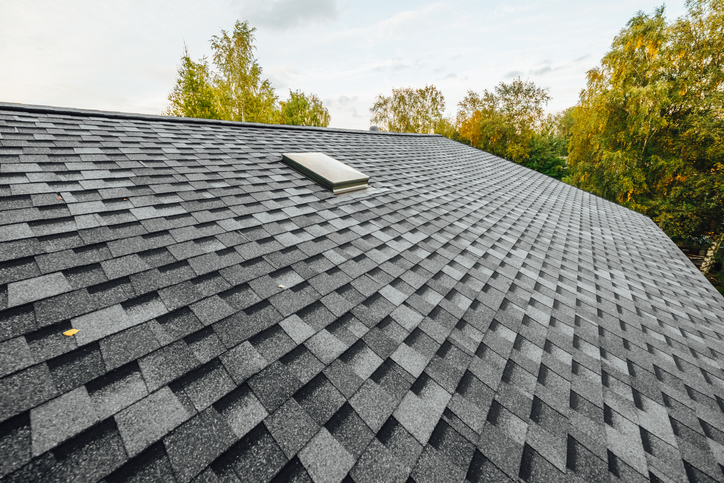As a homeowner, you may not realize how much work your roof does to protect your property. It uses cutting-edge technology to boost your home’s energy efficiency and direct rain away from your attic. Learning more about your roof’s limitations and its needs for expert care can help you make informed roofing decisions in the future.
1. Some Roofing Materials Can Last a Century
The average lifespan of your roof depends on its material, the local climate and the quality of the installation. Asphalt is the most popular residential roofing option because it’s inexpensive and easy to install. Three-tab, asphalt shingle roofs often last 20 to 25 years. Wood shakes and shingles have similar lifespans. Roofing materials that can last upwards of 100 years include slate, clay tile, concrete and copper.
2. Your Roof Impacts Your Home’s Value
Caring for your roof is a significant investment in your property value. Trying to sell your home with a faulty or outdated roof can prove impossible in today’s competitive market. New buyers don’t want to struggle with missing shingles, lackluster efficiency or pesky leaks. A new roof guarantees decades of peace of mind and low monthly utility costs.
3. Residential Roofs Require Yearly Maintenance
While your roof won’t last forever, you can keep it in good health for many years with professional maintenance. Annual care allows an expert to pinpoint red flags, so you an avoid or postpone expensive repairs. Some roofing companies also specialize offer cleaning services. By using industry-grade products and tools, they can clear away the algae, fungus and moss accumulating on your roof.
4. Your Roof Is More Than Shingles
Your roof needs more than shingles to efficiently protect your home from inclement weather. The underlying roof deck supports the weight of the system. There’s also a waterproof layer that prevents moisture from seeping inside. The metal flashing and drip edge ensure that any collected rainwater will flow into the gutters. Your roof’s shingles sit atop the decking and water-resistant material. And don’t forget your ventilation system, which may include eaves, soffits and vents.
5. Your Climate Determines Your Ideal Roof Style
Some roof types work better in different climates. For example, lofty gable roofs are best in cold areas that get a lot of snow. They’re also helpful if you would enjoy high ceilings or a spacious attic. Flat roofs are better in places that don’t have a lot of rain. This roofing style is mostly used for commercial facilities and other nonresidential buildings. Finally, wind-resistant hipped roofs are great if you live in an area with strong gusts.
Keep your roof in excellent health over the years by counting on experienced professionals. Call our team at Heyn Brothers Roofing for superior roof repair in Rochester, MN.







